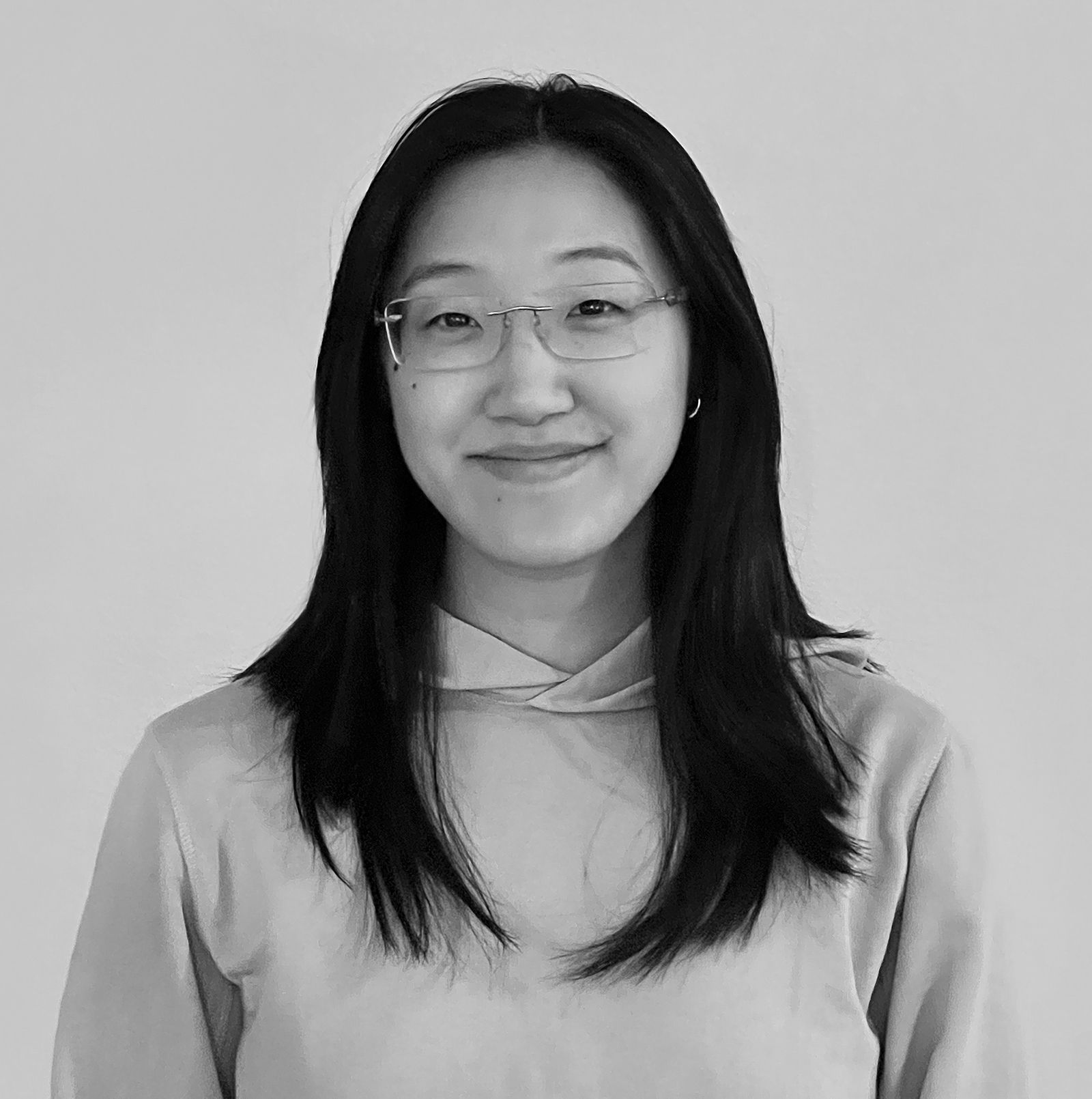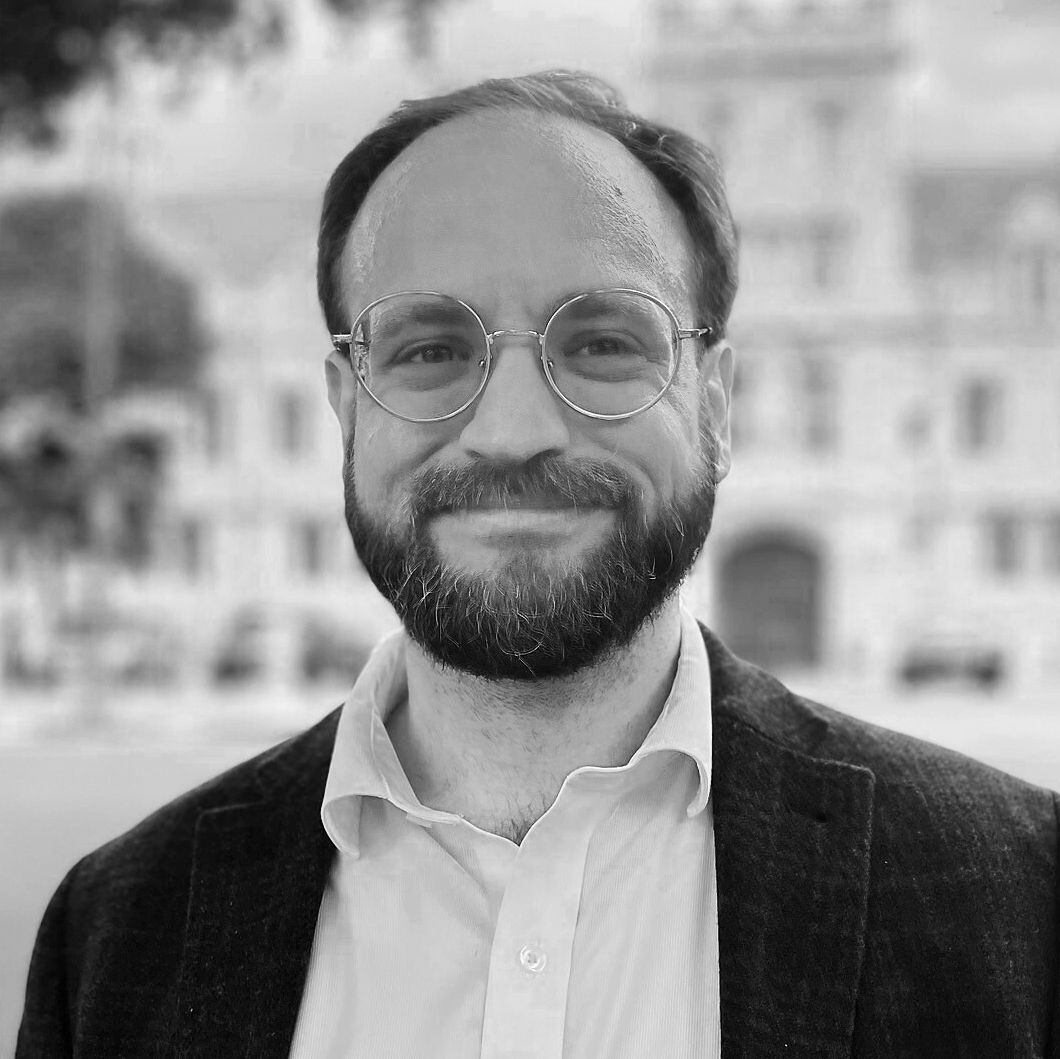Hyperdigital Designs: Speakers Announced

We invite in-person and virtual guests to our one-day interdisciplinary workshop at the University of Cambridge, Alison Richards Building SG2. Please join us in exploring the capacities of digital computing, from video games to generative artificial intelligence, to mediate human flourishing, freedom, and creativity.
Please RSVP for the workshop at this link: https://www.eventbrite.co.uk/e/hyperdigital-designs-workshop-tickets-642885647277. Feel free to share this link with anyone who may be interested in joining as an attendee, both in-person and virtually.
Finally, please find the schedule below or in this Google Sheet.
08:00 - 08:30 — Arrival
08:30 - 09:00 — Welcome
09:00 - 09:30 — Ryan Haecker
09:30 – 10:00 — Brandon Yip & Ben Robinson
10:00 – 10:30 — Florence Harry
10:30 – 11:00 — Susie Triffitt
11:00 – 11:30 — Coffee Break
11:30 – 12:00 — Nima Tavasoli Roudsari
12:00 – 12:30 — Mustapha El Moussaoui
12:30 – 13:30 — Lunch at Selwyn College
13:30 - 14:00 — Jenny Liu Zhang
14:00 - 14:30 — Olivia Thomas
14:30 - 15:00 — Adelheid Bjornlie
15:00 - 15:30 — Manoj Jayakumar
15:30 - 16:00 — Karina Abdala
16:00 - 16:30 — Coffee Break
16:30 - 17:00 — Jesse Parent
17:00 - 17:30 — Alec Siantonas
17:30 - 18:00 — Jackson Berry
18:00 - 18:30 — Johannes A. Niederhauser
18:30 - 19:00 — St. John's College Coral Evensong
19:00 - 22:00 — Dinner at The Granta
